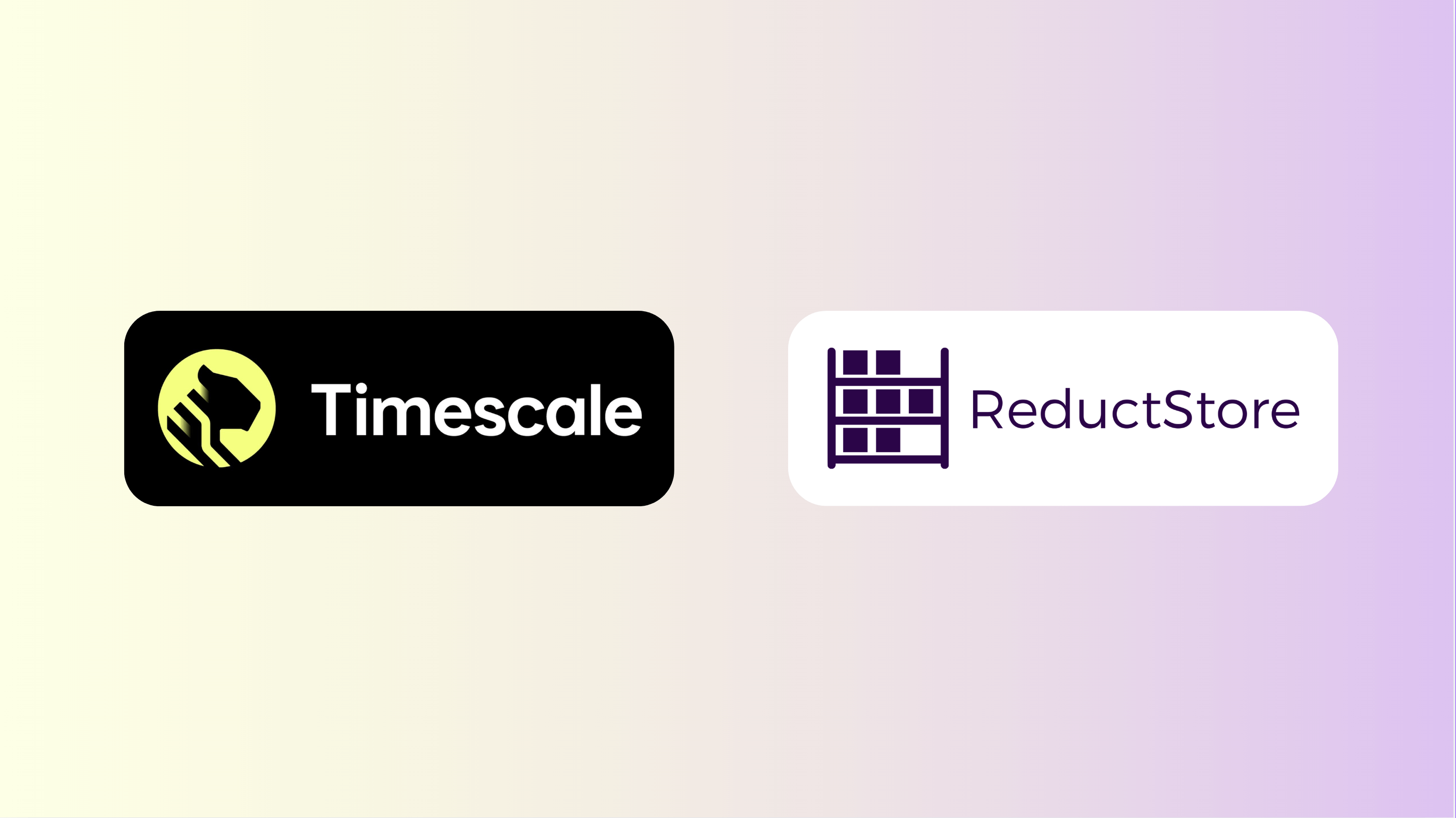ReductStore vs. MinIO: Beyond Benchmarks
As data-driven applications evolve, the need for efficient storage solutions continues to grow. ReductStore and MinIO are two powerful solutions designed to handle massive amounts of unstructured data, but they serve different purposes.
While ReductStore is optimized for time-series object storage with a focus on unstructured data such as sensor logs, images, and machine-generated data for robotics and IIoT, MinIO is a high-performance object storage system built for scalable, cloud-native applications with a focus on S3 compatibility and enterprise-wide storage needs.
In this article, we'll explore the differences between ReductStore and MinIO, examine where each excels, and discuss how they can be used together to build a more comprehensive data storage solution.


